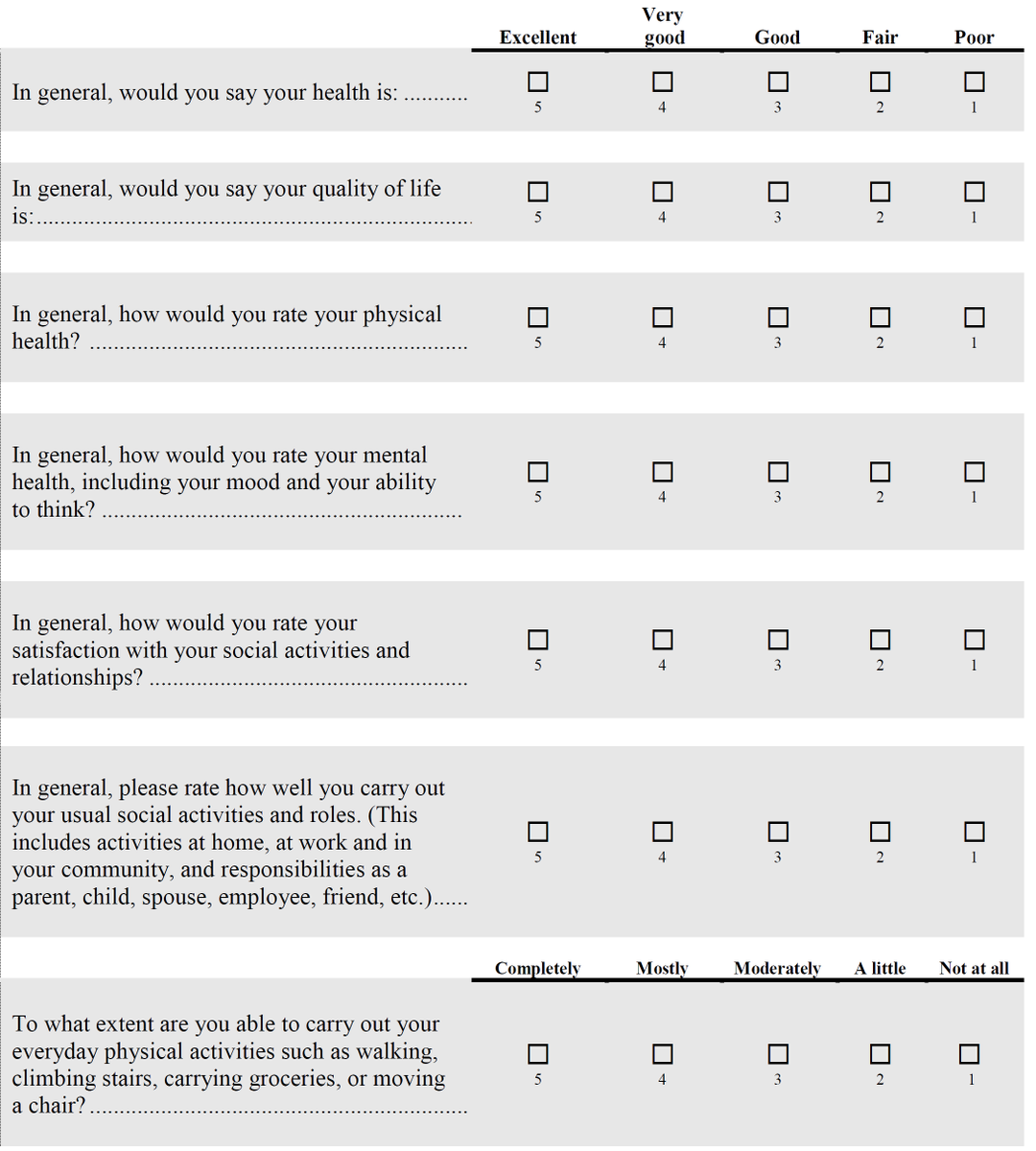
There is no perfect vaccination prioritization strategy, and every choice leaves out people who would really benefit from vaccine. That said, I think @GovNedLamont's new age-based strategy in CT is very sensible if primary goal is to reduce hospitalizations and deaths ASAP. /1
Context: CT has already prioritized those in congregate settings (nursing homes, corrections, group homes, homeless shelters) and those 65+. Now, plan is to go by age in ~3 wk intervals (55-65, 45-54, 35-44, 18-34), last group starts May 3. Teachers now. portal.ct.gov/Coronavirus/CO…
But, don't chronic conditions increase risk from #COVID19? Yes. (In fact, my group was among first to prove it.) So why not prioritize people with them? 1) Because age is an even bigger risk. A young person with comorbidities is still lower risk than an older one without. /3
For example, look at this paper by @hmkyale out today. A person aged 55-64 in CT has an estimated 12% chance of being hospitalized if infected compared with <1% age 18-29, and >100x greater risk of death /4 amjmed.com/article/S0002-… 

2) Because comorbidities increase dramatically with age, an age-based policy still disproportionately captures those with chronic conditions. It's not either/or. /5
3) What about equity? Black & Brown populations are disproportionately affected by #COVID19, at younger ages, and are more likely to have chronic conditions. Does an age-based policy discriminate? Yes, this is a real worry. But, also... /6
Minority populations have worse access to healthcare, likely would have a harder time getting documentation to prove eligibility, and are less likely to be diagnosed with diseases they really have. So, requiring proof of comorbidity might in itself produce inequity. /7
It will be crucially important to keep a focus on equity (in this plan and in all others); CT is sending extra vaccine doses to disproportionately minority areas, doing outreach, tracking outcomes etc etc. If not successful, should rethink. /8
4) Finally, this is a much more efficient and less burdensome plan than trying to decide which of many diseases would qualify (what about well-controlled high blood pressure? cancer in the past that is already treated?), then imposing burden of proof on patients and clinics. /9
Trivial, you say? Well, if you are trying to maximize vaccinations per day at your site, every additional few minutes you take to verify eligibility is time you aren't vaccinating, or additional staff you need to hire to do the eligibility work without slowing it down. /10
More vaccines/day means we get to everyone faster, even the younger ones who don't immediately qualify. So, all in all, I am in favor of this plan. It targets the highest risk people sequentially, minimizes burden on patients and providers, and likely saves the most lives. /11
Lamont has asked those who can telecommute or already had COVID not to rush to get vaccine when eligible, to increase supply for higher risk within each age group. Obviously relies on good will, but may also help. (I was not involved at all in planning the strategy, btw) /end
• • •
Missing some Tweet in this thread? You can try to
force a refresh









